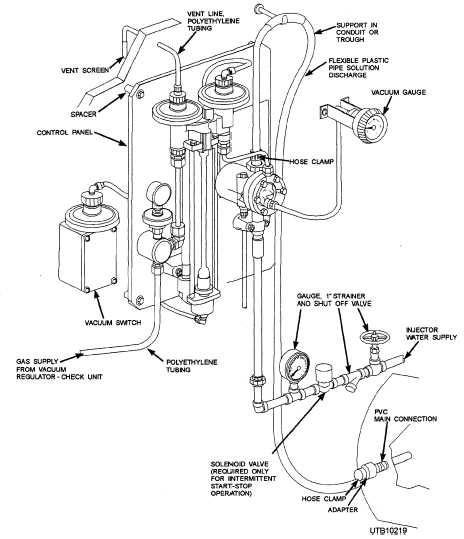
Figure 7-6. - V-Notch Gas Feeder-typical installation, 250 to 500 lb/24 hr.
and the pulsating-type chlorinator. Regardless of the type of chlorinator, make sure that you follow the manufacturer's recommendations and instructions applicable to the operation and maintenance of the equipment.
HYPOCHLORINATORS
Hypochlorinators are solution chemical feeders that introduce chlorine into the water supply as hypochlorite solution. They are usually modified positive displacement piston or diaphragm mechanical pumps. However, hydraulic displacement Hypochlorinators are also used. Fully automatic types are actuated by the pressure differentials produced by orifices, venturis, valves, meters, or similar devices. Hypochlorinators are sometimes used as standby equipment for gas chlorinators. Portable equipment is also available which may be used for main disinfection or during emergencies. Hypochlorinators can also be used to feed chemicals for scale and corrosion control. Of course, you may have to use various types of Hypochlorinators. As part of this discussion on chlorination equipment, a brief treatment is given on additional types of Hypochlorinators of interest to the Utilitiesman.
The Proportioneers Chlor-O-Feeder is a positive displacement diaphragm-type pump with an electrically driven or hydraulically operated head. The electrically driven Proportioneers Chlor-O-Feeder is shown in figure 7-9. The capacity of the most popular type, the heavy-duty Midget Chlor-O-Feeder, is 95 gallons of solution in 24 hours.
The motor-driven type of hypochlorinator may be electrically interconnected with the pump motor
Continue Reading